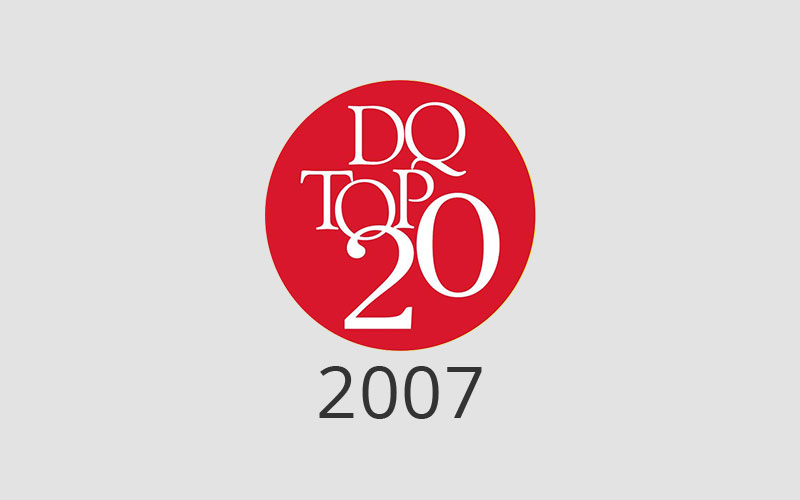Why is content personalization important?
OTT (Over the Top) platforms are transforming the global entertainment scene. The critical players, like Hulu, Netflix, and Disney, are competing in terms of viewership and revenues. With the increasing overlap of content across all these platforms, it is crucial for these services to improve the consumer experience by delivering relevant and engaging content to prevent audience churn. Content personalization is, therefore, vital to acquire more viewing time and improve market share.
How do OTT platforms personalize the content?
More than 80% of the content streamed is influenced by its AI-based recommendation system. It is important to understand the crucial things that these platforms consider while designing such a recommendation system.
-Focus on giving the user only what they want using personalized content ranker. This ranking is influenced by the user’s activity and interaction with the brand. It makes the content experience unique for every user by making the content delivered to the user influenced by their activity
-Rank the top and trending content not only based on the content popularity but also based on the personal information available about the user. The critical thing here is while people are interested in the content popular, they still want to be influenced by their interests
-Sort recently viewed content based on whether the users are expected to continue watching or dump the content due to not finding it interesting. It is quite tempting to keep promoting the same content since you have invested in it. However, it’s better to relegate the content and offer something more interesting if the user activity indicates a lack of interest
-Recommend content to the user like what they have just watched. People likely to consume content akin to the one they just consumed
How is big data used to enhance the user experience?
OTT platforms have a vast user base of over 500 million subscribers that gives it a massive advantage. Content personalization begins with gathering subscriber data and then focuses on the metrics such as:
-nature of content watched
-ratings
-the device used to watch the content
-searches made on the platform
-user location data
-content that got re-watched and paused
-metadata from third parties like Nielson
-social media data from Instagram, Twitter, Facebook, etc.
Once the data has been gathered, the platform uses this data to build an AI-based recommendation system to determine why customer eyeballs tune out. The more the granular data is available, the more it can be adjusted to make the content relevant to viewing preferences.
Over time, it is important to reformulate the recommendation problem to optimize the probability a member chooses to watch a title and enjoys enough to come back to the service. The more the data available, the better would be the result. It is important to have optimized approaches, appropriate metrics, and rapid experimentation to enable better result.
The Road Ahead:
The OTT industry is rapidly evolving. Most of the platforms have started to also look at integrating machine learning approaches with the data-driven A/B testing to combine the best of both worlds. It is of paramount importance to perform offline testing to optimize the algorithms before performing online A/B testing. The abundance of source data, measurements, and associated experiments help to innovate effectively. OTT platforms have only scratched the surface in this area and are left with virtually infinite space to continue excelling at innovating personalization.



